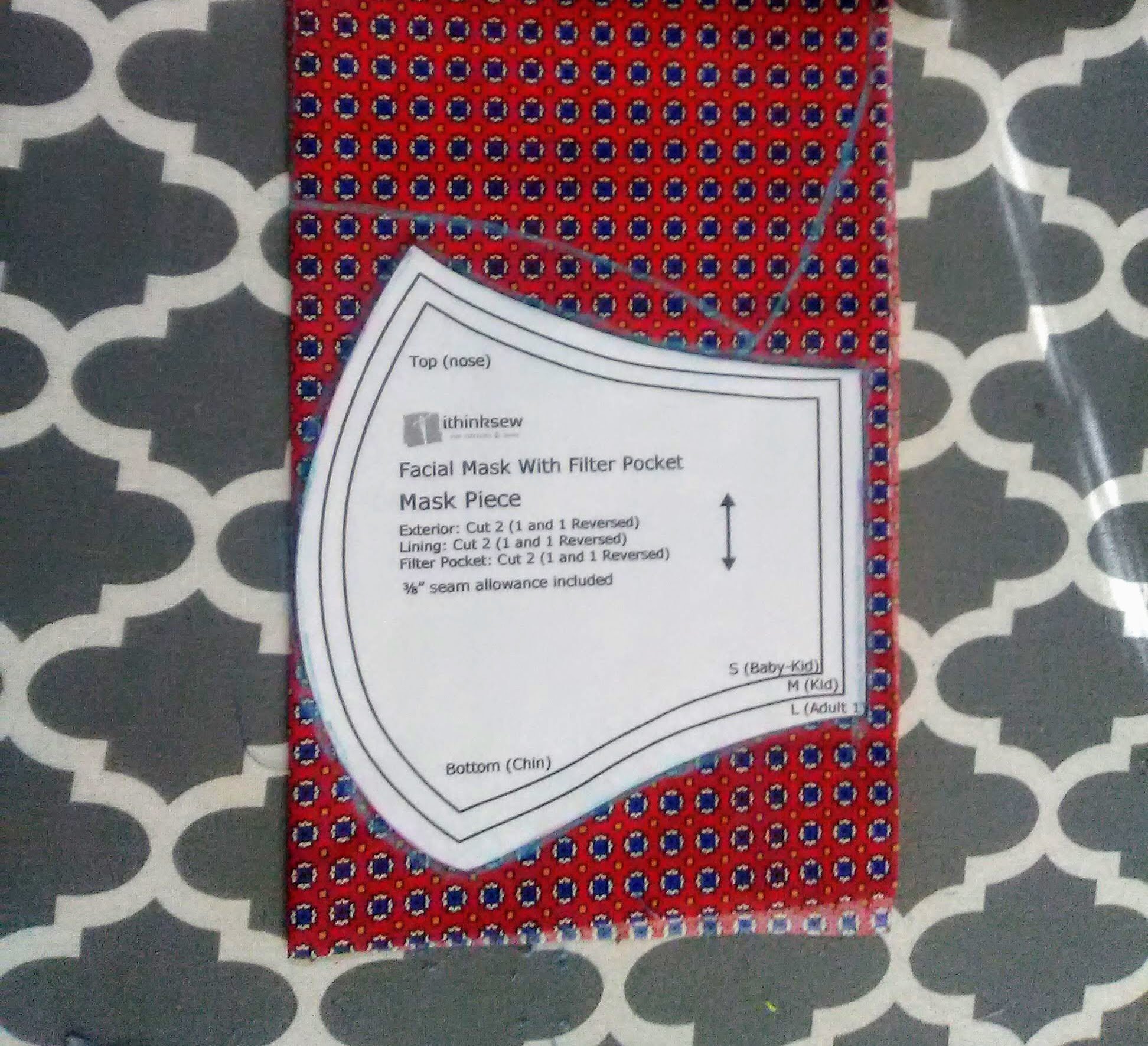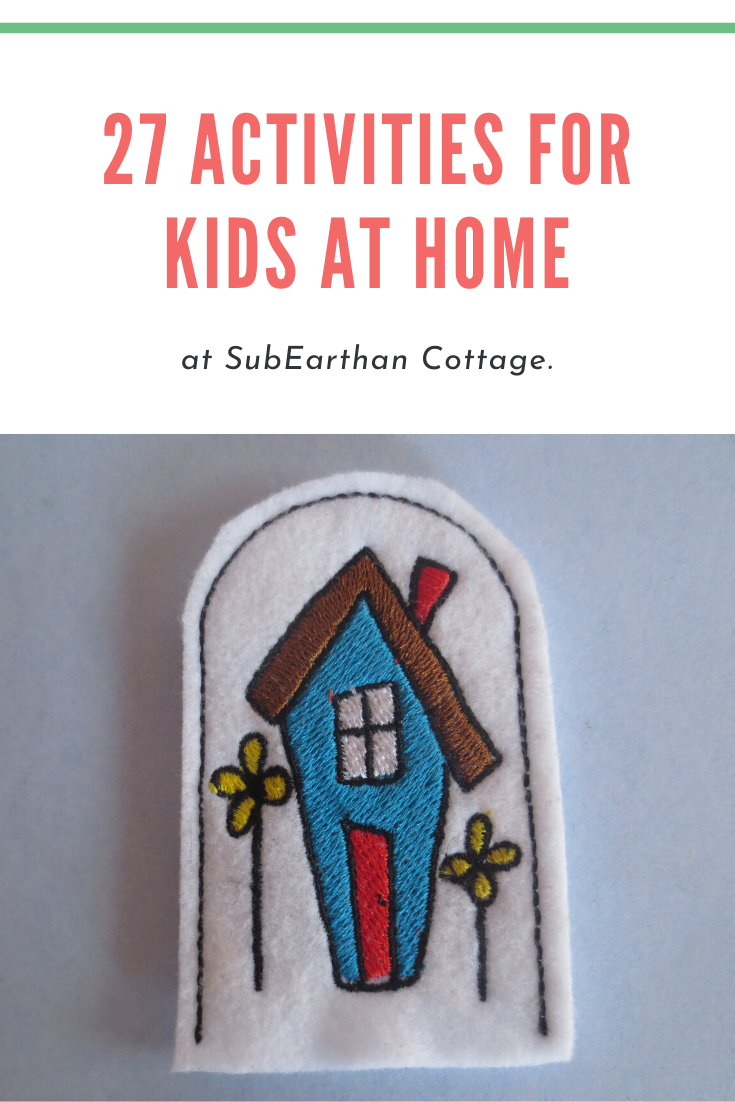
No one wants to get sick. Whether it’s the flu going around or something more unknown like the coronavirus, everyone wants to avoid catching it. While nothing is 100%, there are a few things my family does to increase our chances at staying healthy when there’s something going around.
A few notes on supplements and essential oils
I am not a doctor. Everything we do may not work for you and your family. It’s important to consult with your doctor before taking any supplements, especially if you have other health concerns.
In addition to supplements, I also use essential oils to a degree. While I do think essential oils are beneficial, I don’t believe they are a cure-all or always appropriate. If you choose to use essential oils, I recommend researching contraindications and general usage guidelines for each essential oil before using. Two of my favorite sites for essential oil safety are the Tisserand Institute and AromaWeb, particularly AromaWeb’s essential oil profiles.
There are safety guidelines to using all essential oils, such as proper dilution and not ingesting, that are important to know. There are also safety guidelines to using specific oils, such as knowing that eucalyptus essential oil should not be used on or around young children. These safety guidelines apply to all essential oil brands, regardless of whether they are “therapeutic grade”.
With that out of the way, here are my family’s tips for staying healthy when there’s something going around.
Eat right
Aside from proper hand washing, I think this is probably the most important tip of all. If you want your immune system to be able to do its job, you need to give it the proper fuel to work well. Sugars give you calories and energy but not much else. Eating a variety of fruits, vegetables and protein while limiting refined sugars gives your body energy and nutrients to keep everything working as it should.
With the coronavirus that’s going around, grocery stores are running out of some pantry staples like rice, beans and canned goods. Fresh produce and meat seem to still be readily available for the most part, though. With a little prep and planning, many fresh fruits and vegetables can be frozen to make them last longer. You can also make soups, stews and casseroles in bulk to freeze if you have the freezer room.
Get outside
Fresh air and sunshine are good for you mentally and physically. Sunshine helps your body produce vitamin D. Vitamin D has many functions in the body. In addition to helping build strong bones, there is some evidence to suggest that vitamin D helps to inhibit viruses, like those that cause the flu. (Sources here and here.)
In normal flu seasons, while everyone is healthy we frequent outdoor playgrounds unless it’s ridiculously cold or rainy. With the current recommendations regarding COVID-19, we will probably stick to hanging out in our own yard or open green spaces.
If you can, though, try to get outside every day. Children especially need an opportunity to run and play outside. Even if it’s raining, as long as it’s not too cold and there’s no lightning, let them play in the rain and get muddy.
Exercise is important, but even just sitting outside reading a book gives you the benefits of fresh air and sunshine. If you can’t get outside, at the very least open the curtains and windows to let a little of the outside inside.
Vitamins and supplements
During cold and flu season, we all usually take extra vitamin C. While taking extra vitamin C may not be a miracle cure for colds, it is important for proper immune function. The best way to get vitamin C is through eating foods, such as citrus fruits, that are naturally high in vitamin C. Since it is important for immune function, I feel like a daily supplement is worthwhile on the off-chance we’re not getting enough from out diet.
Vitamin D is another supplement I take, particularly in winter months. As I cited earlier, there is some evidence that it helps to inhibit certain viruses. We all began taking vitamin D at our doctors’ recommendations. Unlike vitamin C, vitamin D is more dangerous if you take too much. It’s definitely a good idea to consult with your doctor before supplementing with it.
Strategic use of essential oils
While more research is needed, there is some evidence to suggest that certain essential oils have antimicrobial properties. One of the more well-known and one of my favorites is tea tree, or Melaleuca alternifolia oil. I like to add a little bit of tea tree oil to my homemade cleaning products, especially in winter.
Another way I like to use essential oils is to diffuse a few drops in a diffuser. To be fair, I’m not sure how much, if any, antimicrobial benefit they have in that form, partly because of the high dilution and because I haven’t had much luck finding research on that specific method of use. I like the scents better than air fresheners, though. Also, if used properly, it won’t harm even if it does little, if anything to help. Proper usage in this case means keeping it away from pets, especially cats, only diffusing age and condition-appropriate essential oils for the people in the room it’s being used, and not adding more than a drop or two to the diffuser at a time.
I do usually keep a can of Lysol and some bleach around in case something really disgusting hits our household. For the rest of the time, though, I think they are overkill.
Wash your hands to stay healthy
One of the best ways to stay healthy, of course is to wash your hands. One study showed that hand washing-even without soap-was more effective at eliminating influenza A on hands than hand sanitizer. Washing with soap further increased the benefit. According to the CDC, hand sanitizer is not as effective at removing all types of germs, such as Cryptosporidium, norovirus, and Clostridium difficile, making handwashing all the more important.
Any type of soap acts as a sort of emulsifier to allow oils on your skin and the germs within the oil to be washed away by water. (This page gives a more detailed explanation on how soap works.) If someone in my family is sick, I like using tea tree soap. While more research is needed, there is evidence to suggest that tea tree essential oil has antimicrobial properties. If that is the case, it may boost the cleaning action of hand washing.
Masks to stay healthy
With COVID-19, wearing a mask is recommended or even mandated in some areas. The main argument for them is that they help prevent the wearer from spreading the virus, especially before they have symptoms and know to self isolate. I’ve seen many arguments against wearing a mask. If you’re wondering about the effectiveness of homemade masks, this is a good site to review https://smartairfilters.com/en/blog/diy-homemade-mask-protect-virus-coronavirus/. They did several tests, including filtration of particles smaller than the coronavirus, effectiveness of homemade masks in general, which fabric works best, and how effective a cloth mask is if worn for an extended period.
I do think mask wearing is beneficial for staying healthy if done properly. I wear them when I go grocery shopping or am in a similar situation where keeping a distance isn’t possible. A mask isn’t 100%, though, so it’s important to use them with other healthy practices.
Even if you do everything right, nothing is a 100% guarantee against viruses and other types of infection. Sometimes, despite our efforts a doctor’s visit and medication is required. By taking measures to support our immune system with proper nutrition, fresh air and exercise, and limiting exposure to germs through cleaning and hand washing, though, we can increase our odds at staying healthy.
Like this post? To make sure you never miss a future post, please sign up for my newsletter.









